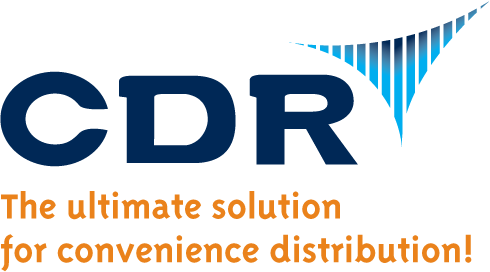In today’s fast-paced business environment, implementing convenience distribution software is crucial for enhancing operational efficiency and staying competitive. However, the journey to a successful software implementation is often fraught with challenges. Understanding these hurdles and knowing how to overcome them can make the process smoother and more effective. In this article, we’ll explore common challenges faced during convenience distribution software implementation and provide practical solutions to address them.
Understanding Convenience Distribution Software
Before delving into the challenges, it’s essential to understand what convenience distribution software is. Essentially, this type of software is designed to streamline the operations of distribution businesses by automating processes, managing inventory, tracking shipments, and enhancing customer service. By integrating these functions, companies can reduce errors, improve accuracy, and increase efficiency.

Common Challenges in Wholesale Distribution Software Implementation
Implementing new software is never a one-size-fits-all process. Each organization has unique needs and constraints, which can lead to various challenges. Here, we break down some of the most common obstacles faced by businesses during convenience distribution software implementation.
1. Resistance to Change
One of the most prevalent challenges is resistance to change among employees. People are often comfortable with the existing systems and processes and may feel intimidated by new technologies. This resistance can slow down implementation and hinder the software’s success.
Solution: To overcome this, it’s crucial to involve employees early in the process. Conduct training sessions to familiarize them with the new system and highlight how it will make their jobs easier. Encouraging feedback and addressing concerns can also help in easing the transition.
2. Inadequate Planning
Poor planning is another significant barrier to successful software implementation. Without a well-thought-out plan, projects can quickly go off track, leading to delays and increased costs.
Solution: Develop a comprehensive implementation plan that outlines each step of the process. Define clear objectives, timelines, and responsibilities. Regularly review and adjust the plan as needed to ensure everything is on course.
3. Integration Issues
Many businesses face difficulties in integrating the new software with existing systems. This can lead to data discrepancies, duplication, and inefficiencies.
Solution: Choose software that is compatible with your current systems or invest in integration tools. Work closely with your IT team or software provider to ensure seamless integration. Conduct thorough testing to identify and resolve any issues before going live.

Importance of Training and Support
Proper training and ongoing support are vital components of successful software implementation. Without them, employees may struggle to use the new system effectively, leading to frustration and decreased productivity.
Training Programs
Implement comprehensive training programs that cater to different learning styles. These programs should cover the software’s features, benefits, and practical applications. Providing hands-on training and real-life scenarios can help employees gain confidence in using the software.
Ongoing Support
Ensure that there is ongoing support available to address any queries or issues that arise post-implementation. This support can come in the form of a dedicated helpdesk, online resources, or regular follow-up sessions. By making support readily accessible, you can prevent minor problems from escalating.
Data Migration Challenges
Data migration is a critical phase in software implementation, and it can present its own set of challenges. Ensuring that data is accurately transferred from old systems to the new software is crucial for maintaining business continuity.
Ensuring Data Accuracy
One of the primary concerns during data migration is ensuring data accuracy. Inaccurate or incomplete data can lead to significant operational disruptions.
Solution: Conduct a thorough audit of existing data before migration. Cleanse and validate data to ensure its accuracy. Utilize automated tools to streamline the migration process and perform rigorous testing to verify data integrity post-migration.
Data Security
Data security is another concern during migration. Sensitive information must be protected from unauthorized access or loss.
Solution: Implement robust security protocols, such as encryption and access controls, to safeguard data during migration. Work with experienced IT professionals to ensure that all security measures are in place and adhere to industry best practices.
Customization and Scalability
Every business has unique needs, and off-the-shelf software may not always meet these requirements. Customization and scalability are essential considerations during software implementation.
Customization
Customization allows businesses to tailor the software to their specific needs, but it can also complicate the implementation process.
Solution: Clearly define your customization requirements before selecting a software provider. Choose a flexible platform that allows for easy customization without extensive coding. Collaborate with the software provider to implement necessary customizations without compromising system stability.
Scalability
As your business grows, your software should be able to accommodate increased demands. Scalability ensures that the system remains efficient and effective over time.
Solution: Select software that can scale with your business. Consider future growth and expansion plans when evaluating software options. Choose a provider that offers scalable solutions and regular updates to keep the system current.
Conclusion
Implementing convenience distribution software can be a daunting task, but with careful planning and consideration of the challenges, it can lead to significant benefits for your business. By addressing resistance to change, ensuring thorough training, and tackling data migration challenges head-on, you can set the stage for a successful implementation. Remember, the goal is to enhance operational efficiency and drive business growth, and with the right approach, your new software will help you achieve just that.
Contact CDR Software Today
Ready to revolutionize your business operations with a proven all-in-one software solution for convenience distribution? Look no further than CDR Software. Our expert team is dedicated to providing tailored solutions that address your unique business challenges. Don’t let outdated systems hold you back any longer. Contact CDR Software today to discover how we can help you achieve greater efficiency, productivity, and growth. Reach out to our team for a personalized consultation. Together, let’s take the first step towards a smarter and more efficient future for your business.


